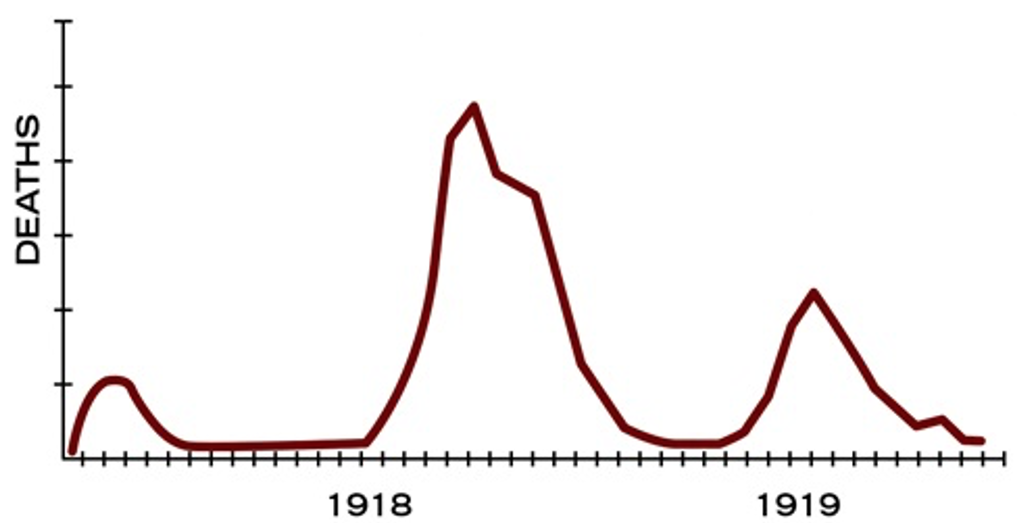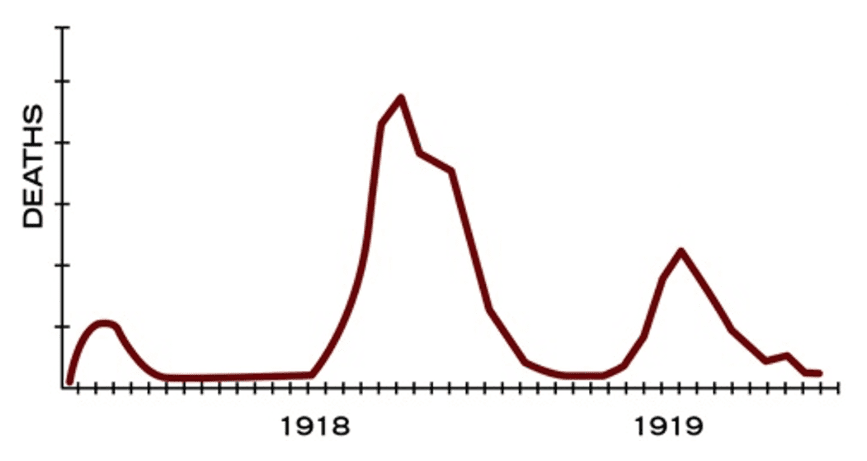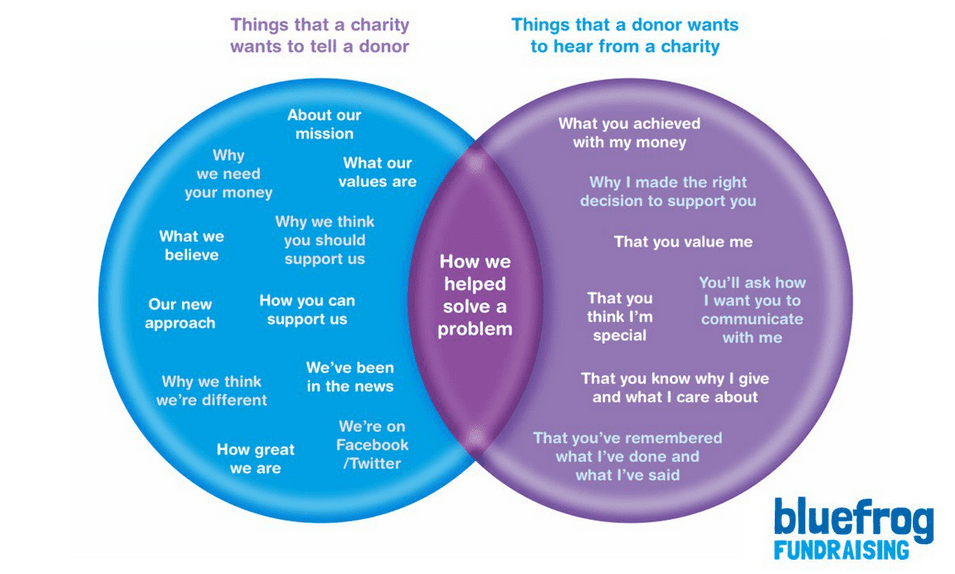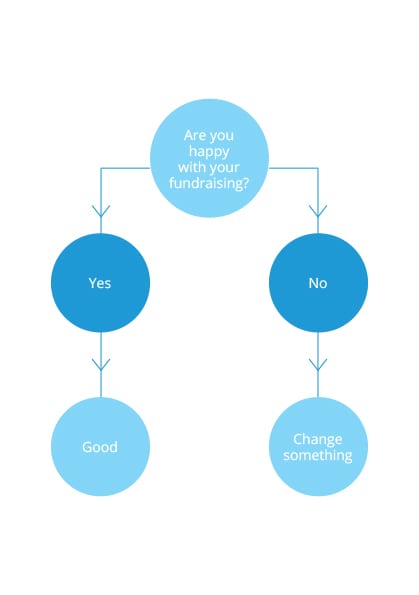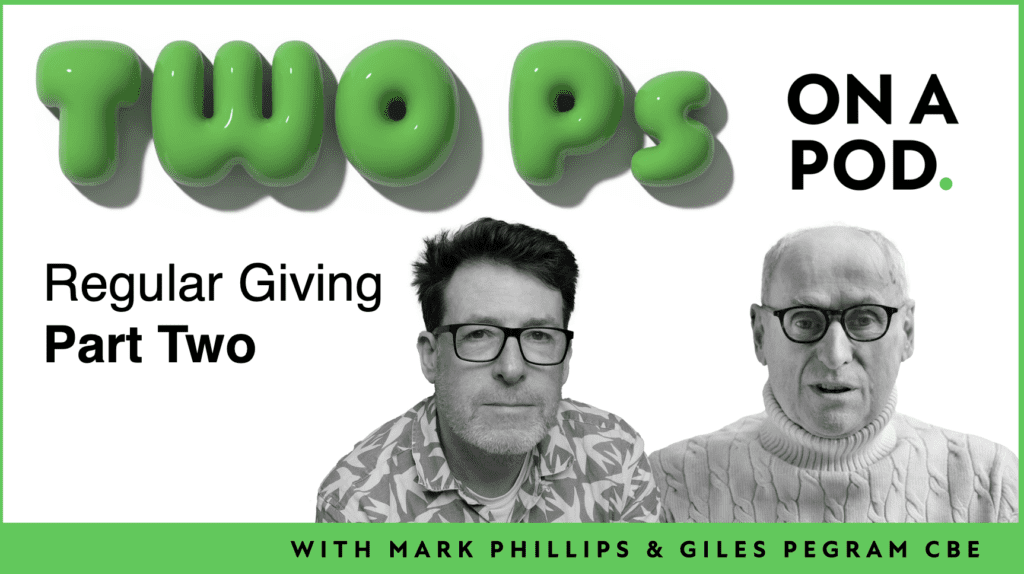Lessons from the flu pandemic of 1918/19 that fundraisers can learn from today. A guest post by Giles Pegram CBE
There are a lot of words being used by politicians in the current crisis which irritate me:
Working night and day
Following the science
Sadly-died
But I have a particular aversion for Unprecedented as it isn’t true. There is a precedent – the 1918/19 flu pandemic.
So I think it is worth examining some (by no means all) of the facts of 1918/19, what we actually know now about Covid 19 today, what we are hoping, wishing and praying for, the similarities between then and now and then my thoughts on how this directly impacts on fundraising, both right now and in the medium term.
The 1918/19 pandemic
It infected 500 million people – about a third of the world’s population at the time. The death toll is estimated to have been anywhere from 17 million to 50 million, and possibly as high as 100 million.
People might think it not relevant today. There is a good probability that we will find a vaccine and have rolled it out within a year – maybe even sooner.
But it is far from certain. The AIDS pandemic officially began in June 1981. 39 years later there is still no vaccine.
Are they still working on it? You bet they are.
Researching this post, I discovered that my own HIV medication costs the NHS £10,000 a year, and that will continue until I die, or until a vaccine is found. In the USA the cost is $38,000. I am healthy. Those with HIV and are not healthy will cost a great deal more. There is a great deal of money being invested in finding a vaccine for HIV; I just can’t find out how much.
So, I wouldn’t put money on finding a vaccine for Covid-19 soon, however optimistic the signs may be.
And, as we know, there is no treatment. And we don’t know whether those who have had Covid-19 will be able to be re-infected, and if they aren’t, whether that immunity will last for any more than a few months. In short, we know very little, and so I suggest that, as at 3, May 2020, we shouldn’t be making too many assumptions.
So what can we, as fundraisers, learn from the 1918/19 flu pandemic? Let’s take a look at the timeline.
As I write, we are at the equivalent of the first peak (the smaller one at the far left of the chart). CMO Professor Chris Whitty and CSA Sir Patrick Vallance are at pains to point out that we are not yet coming down – despite Government claims – yet all the talk is of releasing the lockdown, and soon – next week.
When we get to the equivalent of the middle of 1918, when deaths are relatively small, but still happening, how will the public respond? Is it likely that they will think that the dangers of Covid-19 are now over and we can move to a new normality? Unrecognisably different from the old normality, of course. Recession. Unemployment. Maybe 25% fewer businesses. And much else.
But people will think we can move on. Everyone seems desperate to do so.
However, there may still be no vaccine and no effective treatment, and the virus will still present in the population. Why do we have confidence that, at no notice, we won’t move on to a second – exponentially growing – peak, much larger than the present one? And then even a third? Just as we saw in 1918/19?
Maybe people’s innate behaviour has changed?
Perhaps it has, but maybe not for the better. In 1918 people had little choice to do what they were told by those in authority. In 2020 people are much more concerned with their ‘freedoms’ and their ‘rights’.
What’s happening in Michigan, Arizona, Colorado, Montana and Washington State right now? Why do we believe the same couldn’t happen here in the UK?
I have read some excellent articles that ask this same question. There is also, a compelling TED talk by Bill Gates, made in 2015, that uses the 1918/19 flu epidemic to foreshadow exactly what is happening now.
It’s unsettling.
But none of this is being as widely talked about as I would have thought. It would seem that many people are not prepared to learn lessons that are a hundred years old. Maybe they think that they aren’t relevant? Maybe that life has moved on?
I personally don’t think so.
What is the impact of all this on fundraising post Covid 19?
There has been quite a lot of discussion on Facebook and LinkedIn recently. The question of fundraising post Covid-19 has been asked and, to their credit, most people are honest in saying that they don’t know.
But I have noticed a worrying trend with regard to events – mass participation events, special events and community events. There is more than a suggestion that they can soon be restarted.
But the fact is, we simply don’t know if they can.
Will the London Marathon take place in October? I doubt it. Later in the year? In 2021? As a mass-participation event or just for a handful of elite runners? We can guess and hope. But we just don’t know.
Even if the events we depend on are allowed, will the sponsors still want to sponsor them? Will some of the sponsors even exist? None of us has a clue as to the answers.
Meanwhile there are things that we can control that are being neglected.
I am hearing far too often that charities are not properly engaging with their active supporters – major donors, individual givers, companies, trusts and organisations. Indeed, it seems that many charities are not engaging with their supporters at all.
I hear it often and I think it’s quite mad.
"But I'm also bamboozled by the fact I haven't had anything (fundraising ask or other) from any other charity I normally get post from."
— giles pegram cbe (@gilespegram) May 2, 2020
Why? @Markyphillips https://t.co/aeizaALV0V
Amongst all this uncertainty there is one thing about which I am absolutely certain.
If you engage your true supporters – not the ‘one-off’ givers, nor the people who canceled their direct debit two years’ ago – and engage with them sensitively, carefully and honestly. And then keep them engaged, then they – or at least most of them – will stick with you through thick and thin.
They believe in your cause. No matter how much their own financial circumstances have changed, your beneficiaries are still in even greater need than they are. And they will want to help.
Remember, fundraising is not about persuading people to give to your charity. It is about inspiring people to want to make a difference to this topsy-turvy world by giving to your cause, and feeling good about it.
This hasn’t changed throughout history – we have lived through financial crises, World Wars and The Crusades – and giving to help others has been a constant. It isn’t going to stop now. It just isn’t. So long as you get your messaging right.
So please stop fretting about what’s going to happen to the events that you can’t control.
Instead focus on what you can control by answering your supporter’s needs. Offer them a rich and rewarding experience of giving during this time of coronavirus. Right now, and over the coming weeks, months and years. Please.
Engage with your supporters.
And again. engage with your supporters.
Tags In
The Essentials

Crack the Code to Regular Giving: Insights, Strategies, and a Special Giveaway!

‘Tis Halloween. Keep to the light and beware the Four Fundraisers of the Apocalypse!

Why do people give? The Donor Participation Project with Louis Diez.

A guide to fundraising on the back of a postcard

What does the latest research tell us about the state of fundraising?


